Pothole season has arrived in Ottawa! And with that means many motorists will swerve left and right to avoid the big holes in the roads. But is swerving safe or are there other, safer things you can do when you encounter a pothole?
How are Potholes Formed?
According to the City of Ottawa, potholes are formed when water seeps into small cracks or holes in the road. “As temperatures drop, the water under the road freezes and expands pushing up on the road above, creating larger cracks. When the temperature rises above zero, the water evaporates and leaves an open space under the road. The weight of vehicles travelling over these weak spots breaks the asphalt, resulting in potholes.”
At this time of year, potholes in high-traffic areas may need to be refilled more than once. This happens because water works its way back into the hole preventing the asphalt from forming an adhesive bond with the pavement.
The dangers of potholes
Potholes are a safety risk for all road users. Aside from the risks of a tire blow-out, rim damage or suspension damage to a vehicle, as motorists attempt to maneuver around potholes, they put the safety and wellbeing of pedestrians and cyclists at risk.
- Avoid driving distracted. Sometimes being aware that a pothole is coming gives a driver enough time to avoid hitting it or to slow down. You reduce the chances of seeing a pothole if your attention (and eyes) are focused on the road.
- Don’t speed. Try to slow down as much as possible if contact with a pothole is inevitable. If you can’t avoid a pothole, you can minimize damage to your vehicle by slowing down before you hit it. The faster your speed; the more damage is likely.
- Be wary of puddles. Especially during the months of March and April, avoid puddles when possible. Puddles can conceal potholes large enough to cause severe damage to your car.
- Always maintain the proper air pressure in your tires. An under-inflated tire may not have enough resistance to withstand the impact of a pothole and could burst and damage your rims, suspension, and more!
- Check your headlights. Your headlights allow you optimal lighting and visibility. Make sure your headlights are clean and test them regularly. This will help you spot potholes better at night and on rainy days.
- Optimize your visibility. Keep your windshield clean. As well, make sure you have enough windshield washer fluid and the window wipers are in excellent working condition.
- Don’t tailgate. Increase the distance between you and the vehicle in front of you. Leaving lots of room in front of your vehicle means you can see the road ahead and hopefully avoid potholes.
- Avoid swerving. Swerving puts other motorists, pedestrians and cyclists in danger! If you must change lanes, make sure to check your surroundings, including your blind spot before doing so. Remember: it is better to drive over a pothole than to risk your life and the lives of others!
- Consider the risks of potholes to cyclists and motorcyclists. Cyclists and bikers may need to change direction suddenly. Your best protection is to slow down and be ready to give all vulnerable road users the space they need.
If you see a pothole, report it to the City of Ottawa as soon as possible. You can do so by calling 3-1-1 or using their online pothole reporting tool.
Earn your RoadSMARTS
Learn more about road safety by taking the #RoadSMARTS pledge. By taking the Road SMARTS Pledge, you Support Making All Road Travel Safe, which can help improve road safety for everyone. When road behaviours change, accidents are reduced. For more information and to take the pledge for free, visit https://www.ottawasafetycouncil.ca/road-smarts.

